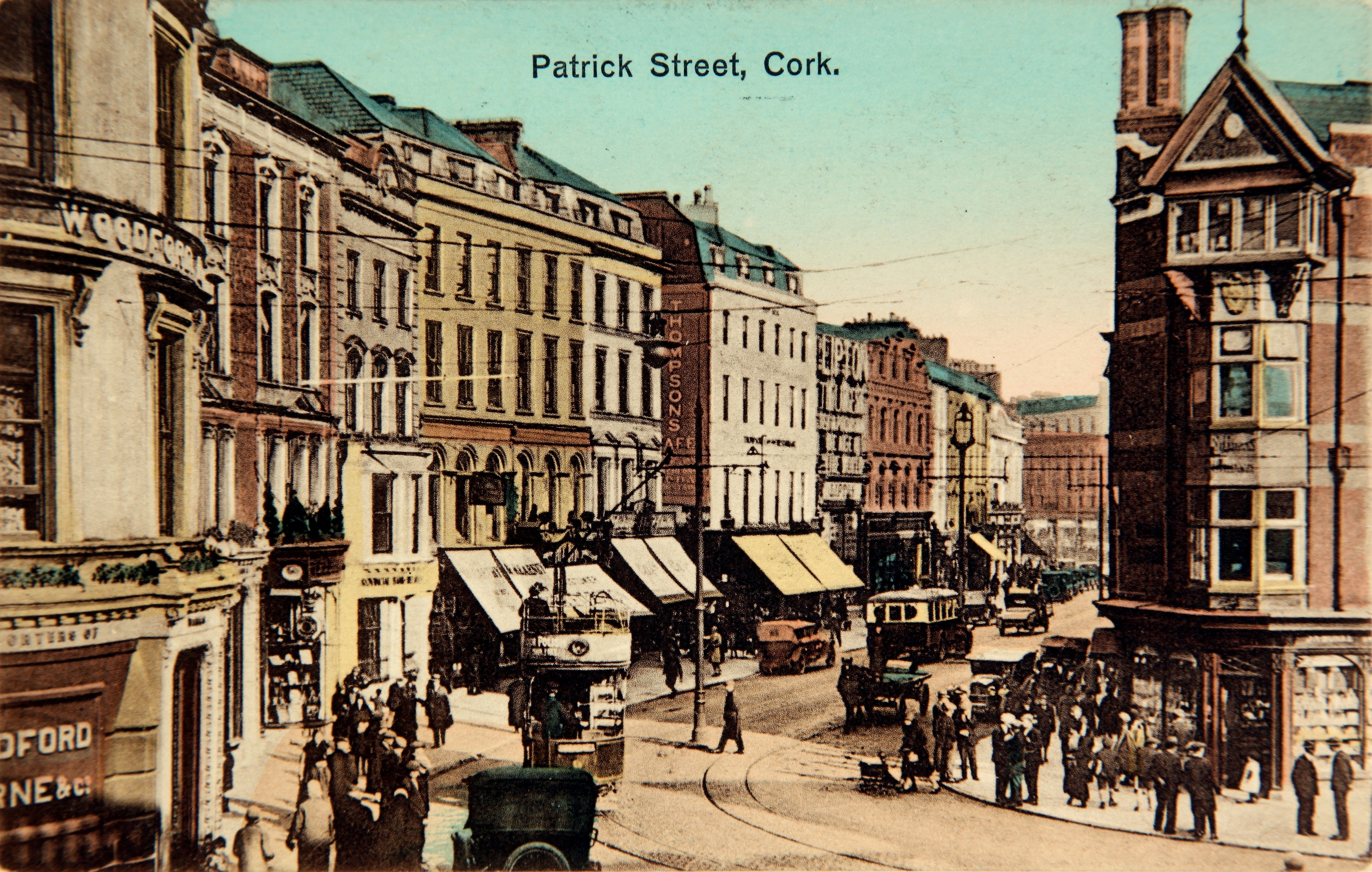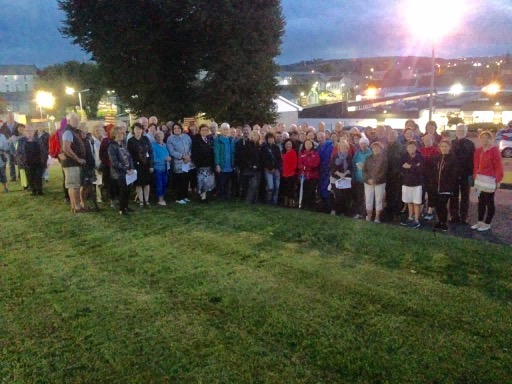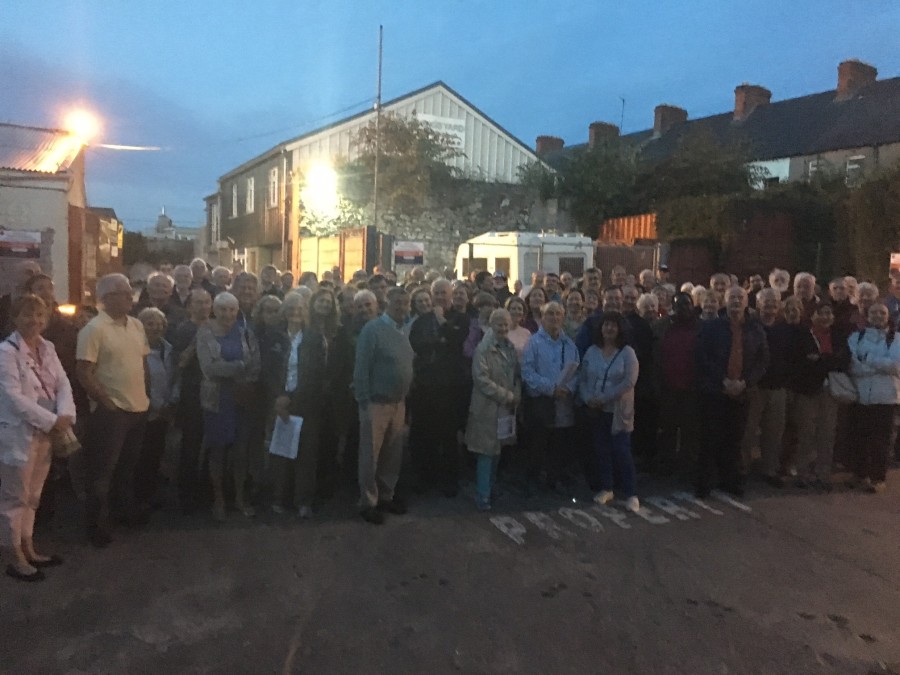Kieran’s Our City, Our Town Article,
Cork Independent, 6 October 2016
Kieran’s New Book, Cork 1916: A Year Examined

Captions:
“The stern advice from government to raise Cork City Council’s LPT isn’t helping the upcoming debate and decision on it. The references recently to ‘populist’ rhetoric opposing the taxation doesn’t help to get all Councillors around the table to get the best for the citizens and the City. We all need to get on with it but rattling the decision makers to go along easily with the government message of more taxation on the citizen has to be balanced up and properly debated. Whereas there has been positive investment into the city in some sectors by government, Cork City Council is financially on its knees and now stripped of its capital accounts to paper over vast gaps in funding from central government in recent years.
The other ‘elephant’ in the room is that even if Cork City Council raised its LPT by the full 15 per cent, it still wouldn’t be enough to run the full services of the city. LPT is not the silver bullet to bring the services of Cork City Council forward. The amount of constituents who come to me saying they pay the LPT, and ‘where are the services’ is neverending. Turning around to them and saying the city cannot afford the basics of local government provision such as traffic calming measures and this despite the fact you are paying taxes for them is an insult to our citizens, whose wages now seem to pay for an LPT that is reminiscent of an oxygen tank just there to keep the city alive. Such has been the cutbacks to the accounts of Cork City Council that even if we raise the LPT, people will still be paying for services they expect but ultimately won’t get. Ireland’s second largest local authority needs to send a delegation before an Oireachtas Committee to really speak about the limits of the LPT system and find a resolution or we will be stuck on this LPT roundabout again next year.”
Captions:


